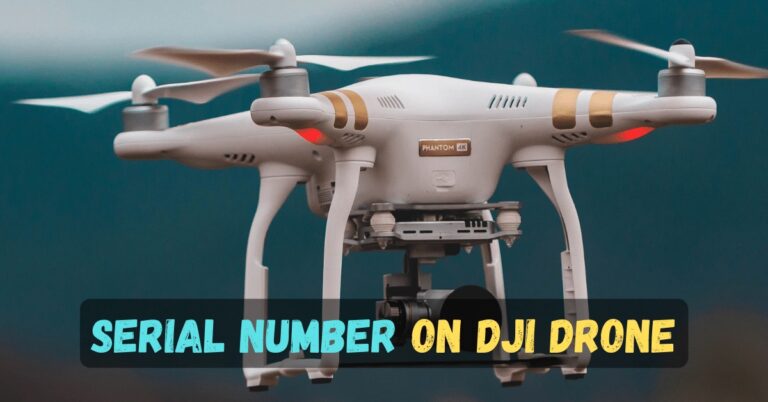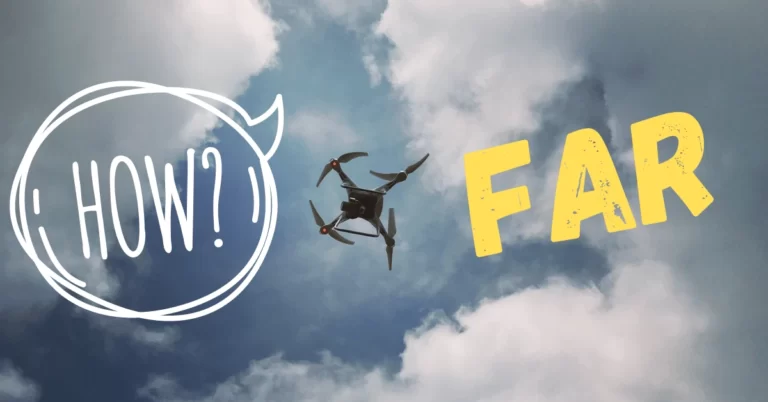How Long Do Drones Last? (At Least How Long?)

Are you a drone enthusiast? Or perhaps you’re just curious about these buzzing gadgets that seem to be taking over the skies.
Either way, you’ve probably wondered just how long do drones last before they crash and burn, metaphorically speaking, of course.
Well, my friend, you’ve come to the right place. Today, we’re going to dive into the fascinating world of drone longevity and discover just how long these flying marvels can keep up their high-flying antics.
What are the main factors that affect the drone’s life?
So you’ve finally invested in a shiny new drone, ready to take to the skies and capture stunning aerial footage.
But before you embark on your high-flying adventures, it’s essential to understand the factors that can affect your drone’s life span. After all, you don’t want your drone’s life to be shorter than a mayfly’s.
Battery Life: The Power Struggle
One of the most critical factors that can make or break your drone’s life is its battery life. Just like us humans, drones need a power source to keep them going.
But unlike us, they don’t have a Starbucks on every corner to recharge. So, make sure you invest in a quality battery and keep an eye on its health. And remember, when it comes to battery life, size does matter!
Environmental Conditions: The Weather Report
While drones are built to withstand some less-than-ideal conditions, extreme weather can be a real buzzkill.
Rain, snow, wind, and excessive heat can all take a toll on your drone’s performance and longevity. So, be a responsible drone parent and avoid sending your little flying buddy out into a hurricane.

Flight Skills: The Pilot’s Masterpiece
Yes, your drone’s life is also in your hands, or rather, your flight skills. Crashing into trees, buildings, or even curious wildlife can lead to irreversible damage.
So, take the time to practice your piloting skills, learn the dos and don’ts, and avoid turning your drone into a high-tech paperweight.
Maintenance: The TLC Factor
Just like any other piece of equipment, drones require regular maintenance. Keep those propellers clean, check for loose screws, and give your drone some tender loving care.
It may not appreciate a bubble bath, but a little maintenance can go a long way in extending its life.
Read More: Is DJI Mini 3 Pro Waterproof? || Tips & Tricks 2024
How long do drones last?
If you’re wondering how long do drones last, you might be disappointed to hear that there is no definitive answer. It depends on how well you treat your flying buddy, how often you crash it, and how lucky you are with spare parts.
Some drones can last for years, while others might give up after a few months. The average lifespan of a drone is somewhere between 500 and 1000 flight hours, which means if you fly it for half an hour every day, you can expect to enjoy it for two to four years.
Of course, that’s assuming you don’t run into any birds, trees, or power lines along the way. So, if you want to make your drone last longer, here are some tips: keep it clean, check the batteries, replace the propellers, and avoid extreme weather.
And most importantly, have fun with your drone while it lasts, because nothing lasts forever.

What are the best practices to increase the lifespan of a drone?
Drones are more than just gadgets; they’re companions in the skies. To ensure your airborne buddy stays reliable and takes you on countless adventures, consider these best practices. And hey, a little flair never hurt anyone.
Pre-flight Preparations: The Calm Before the Soar
Before liftoff, channel your inner aircraft mechanic. Inspect for damages, loose parts, and rebellious debris in the propellers.
Ensure your drone is ready for its mission. It’s not yoga for your drone, but regular compass and accelerometer calibration keep your flying friend zen-like, ensuring accurate control and stability. Drones aren’t fans of extreme weather.
Avoid strong winds, rain, and snow—they’re not invincible. Choose calm weather for a smoother flight. Pick an open area sans obstacles or crowds. It’s not a Broadway show; drones need space to shine.
In-flight Etiquette: Glide, Don’t Slide
No need for drone acrobatics. Sudden moves stress the motors and frame. Keep it classy with smooth accelerations and turns.
Flying low increases the risk of a blind date with an obstacle. Keep your drone high and mighty. Your drone might not have eyes, but you do.
Pay attention to your surroundings; anticipate obstacles like a pro. A gentle landing is a happy landing. Harsh touchdowns can bruise the landing gear and other components.

Post-flight Procedures: The Cool Down Act
Let your drone cool its jets—literally. Motors and batteries need a cooldown session before storage. Dust bunnies and drones don’t mix. Wipe off dirt, dust, and debris.
A clean drone is a happy drone. After the adventure, inspect for battle scars. Loose parts, cracks, or signs of wear and tear need your attention.
Charge your battery with care. Use a high-quality charger designed specifically for your drone’s power source.
No direct sunlight or extreme temperatures, please. Your drone deserves a cool, dry place, like a VIP lounge for gadgets.
Maintenance Mojo: Keeping the Spark Alive
Old parts need retirement. Check and replace propellers, landing gear, and batteries as needed. Keep your drone trendy with regular firmware updates.
It’s like giving it a software wardrobe makeover. Follow the manufacturer’s guide. Clean the motors, lubricate the bearings, and shower your drone with periodic love.
Additional Tips: Because Drones Deserve the Best
Drones are not one-size-fits-all. Invest in a quality drone from a reputable manufacturer for a lasting relationship. Avoid crashes; drones prefer drama-free flights.
Take your time learning to fly before attempting Hollywood stunts. Padded carrying cases are like drone spa days. Store your gadget with care to avoid bumps and bruises during transport.

Read the manual; knowledge is the key to a harmonious relationship with your drone. Connect with fellow drone enthusiasts. Share tips, tricks, and perhaps some in-flight poetry. A community makes the journey even more enjoyable.
Read More: When to Replace Drone Propellers? A Comprehensive Guide
What does it mean by the life of a drone?
The concept of a drone’s “life” can be looked at from various angles, depending on the context. Let’s break it down into a few aspects:
Operational Lifespan:
One way to gauge a drone’s life is by its operational lifespan, which signifies the duration during which a drone can function reliably and safely, meeting its intended purpose.
This period is measured through various metrics such as the number of flight hours, analogous to how car mileage measures lifespan.
Additionally, the number of charge cycles a drone’s batteries can undergo before their capacity diminishes and the time to failure, indicating the average time a drone operates before encountering critical malfunctions, are also considered.
Useful Lifespan:
The useful lifespan of a drone refers to the period it delivers value to its users. This might be shorter than the operational lifespan due to factors like technological advancements.
Newer drone models with improved features could make older ones less desirable. Changing user needs may also play a role, necessitating a different type of drone.
Furthermore, damage or wear can impact the useful lifespan; even if a drone is functional, extensive damage might render it no longer considered usable.

End of Life:
The end of a drone’s life is reached when it can no longer be used and needs to be disposed of responsibly.
This typically occurs when the drone is no longer operational due to critical failures, worn-out components, or outdated technology.
It could also be when the drone is damaged beyond repair, making it unsafe or economically unviable to fix.
Additionally, regulations or environmental concerns in certain regions may dictate specific methods for drone disposal to minimize environmental impact.
Are there any specific drones that last longer than average drones?
Drones are amazing devices that can fly and capture stunning images and videos. But how long can they stay in the air? That depends on many factors, such as the battery size, the weight, the speed, and the weather conditions.
However, some drones are designed to last longer than average drones, which usually have a flight time of around 20 minutes. Here are some examples of long-lasting drones:
- DJI Mavic 2 Pro: This drone has a flight time of up to 31 minutes and a range of 18 km. It also has a 20 MP camera with a 1-inch sensor and a 3-axis gimbal for stable and high-quality footage.
- Autel Robotics EVO II: This drone has a flight time of up to 40 minutes and a range of 9 km. It also has a 48 MP camera with an 8K resolution and a 3-axis gimbal for stunning and detailed images and videos.
- Parrot Anafi: This drone has a flight time of up to 25 minutes and a range of 4 km. It also has a 21 MP camera with a 180-degree tilt and a 3-axis gimbal for versatile and creative shots.
These are some of the drones that last longer than average drones. If you are looking for a drone that can fly for a long time, you might want to consider these options.
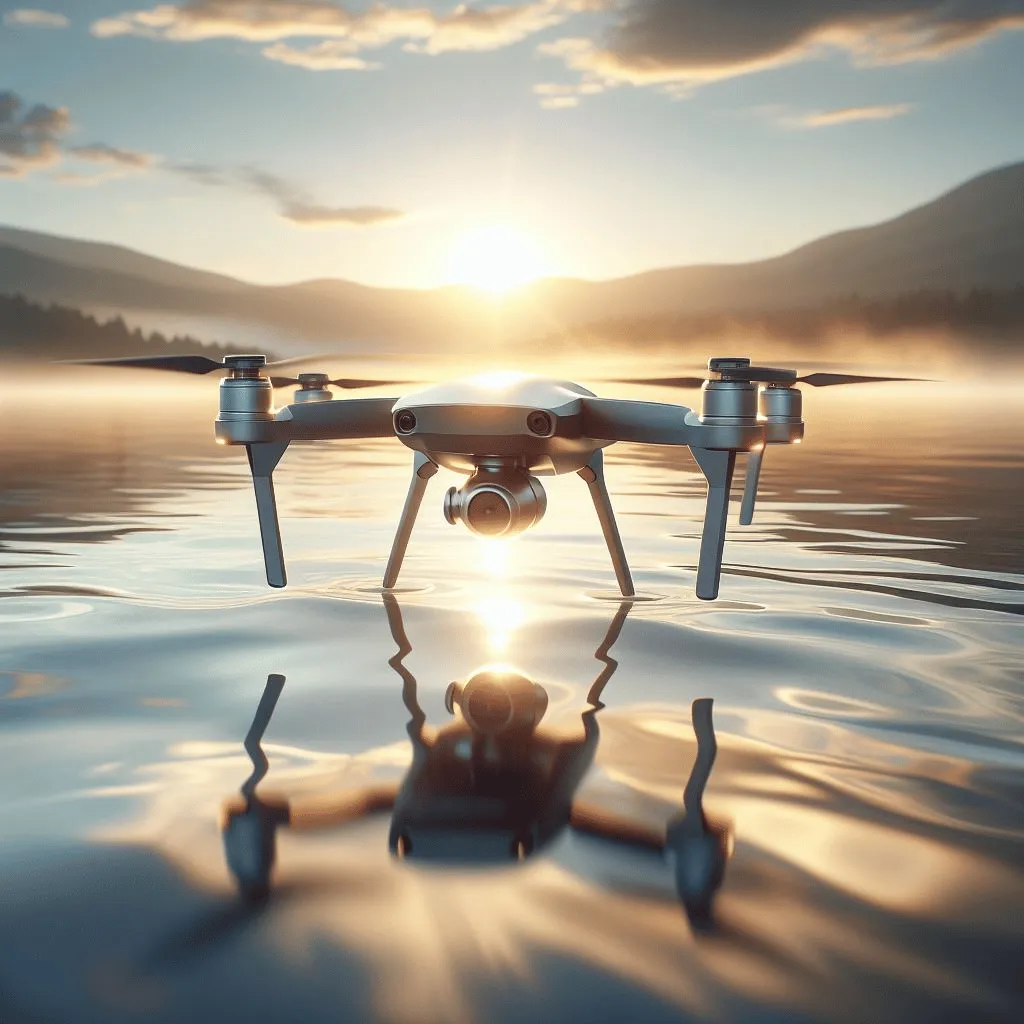
Read More: How to Charge Mavic 3 Battery?
Now, let’s take a look at specific drone models known for their longevity:
DJI Matrice 300 RTK: Designed for professional use, this drone boasts a remarkable 55-minute flight time, a weatherproof design, and modular components. These features make it a durable and reliable choice for various commercial applications.
Autel EVO II Pro: With a powerful 7100mAh battery, an efficient cooling system, and high-quality construction, this drone is recognized for its extended lifespan. It’s a robust choice that delivers both power and durability.
DJI Mavic Pro 3: A popular consumer drone, the Mavic Pro 3 offers a substantial 46-minute flight time, intelligent battery management, and a robust design. These qualities make it suitable for long-distance flights and demanding tasks.
Autel Evo Lite Plus: This lightweight drone packs a punch with its 40-minute flight time, efficient motors, and weatherproof construction. It’s a reliable and long-lasting option, particularly favored by hobbyists and photographers.

DJI Mini 3 Pro: For those seeking portability and affordability, the DJI Mini 3 Pro is a standout choice. With a 34-minute flight time, lightweight design, and collision avoidance sensors, it offers durability in a travel-friendly package for casual users.
When choosing a drone with longevity in mind, consider your specific needs and budget. Factors like flight time, durability, features, and budget should all play a role in your decision-making process.
What is the lifespan of DJI drones?
The lifespan of DJI drones varies depending on factors like the model, usage patterns, and maintenance practices. Generally, with proper care, you can expect a DJI drone to last anywhere from 2 to 6 years.
Let’s break it down based on different categories:
Consumer Drones:
Professional Drones:
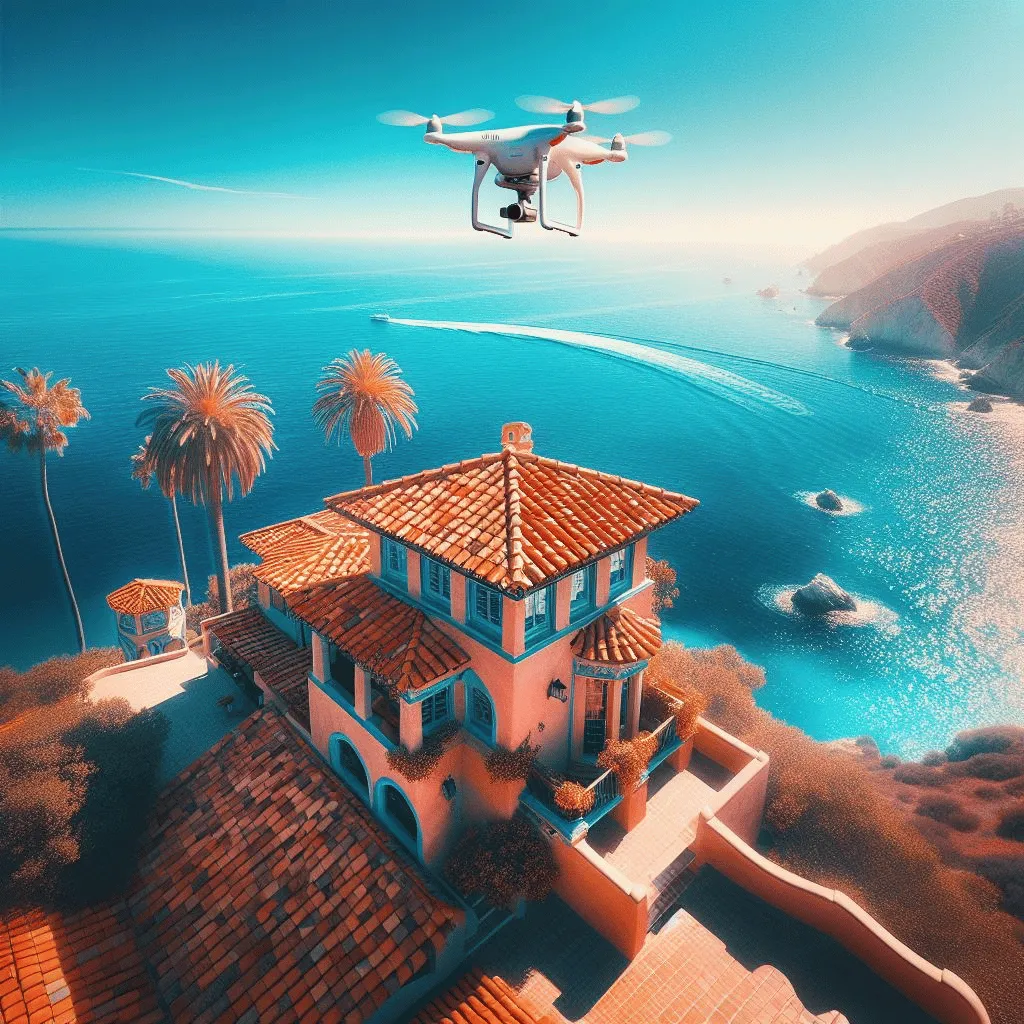
Several factors influence the lifespan of your drone:
1. Flight Frequency: More flights lead to faster wear and tear, reducing lifespan.
2. Flight Conditions: Harsh environments like extreme temperatures or dust can damage components and shorten lifespan.
3. Flight Style: Aggressive flying with frequent crashes or hard landings significantly decreases lifespan.
4. Maintenance: Regular cleaning, inspections, and component replacements are crucial for extending lifespan.
5. Storage Conditions: Storing the drone in a cool, dry place away from direct sunlight helps prevent damage and extends lifespan.
Read More: How to Fly a Drone? Essential Tips for Safe and Successful Drone Flight.
Specific DJI drones and their lifespans
Here are some specific examples of DJI drones and their estimated lifespans:
So, whether you’re a casual user or a professional, taking good care of your DJI drone can significantly impact its longevity.

How long does the motors of drones last?
When it comes to the lifespan of drone motors, several factors come into play. One crucial aspect is the type of motor used:
There are brushed motors, which are more budget-friendly but tend to wear out faster, offering around 1,000 to 3,000 hours of flight time.
On the other hand, brushless motors, although pricier, provide higher efficiency and a longer lifespan, ranging from 5,000 to 10,000 hours of flight time.
Flight conditions also play a role in motor longevity. Aggressive flying, such as rapid acceleration and sharp turns, as well as facing high winds or extreme temperatures, can stress the motors and reduce their overall lifespan.
Maintenance practices are vital for extending motor life. Regular cleaning to remove dust and debris prevents overheating, while lubricating the motor bearings helps reduce friction.
Timely replacement of worn-out parts, like motor bearings and brushes, is crucial for preventing further damage.
Some specific examples of drone motor lifespans:

Remember, understanding and considering these factors can help you get the most out of your drone’s motor life.
What’s the drone battery lifespan and its flight duration?
Drone battery lifespan and flight duration are not one-size-fits-all scenarios; they hinge on various factors. Let’s break it down in a friendlier way:
Battery Lifespan:
Drone batteries are like the superheroes of your flying gadget, and they typically stick around for 2-4 years if you treat them right. But here’s the secret sauce:
Flight Duration:
Now, let’s talk about the exciting part – how long your drone can soar through the skies!
Can a drone last for years or decades?
Whether a drone can last for years or even decades depends on various factors. One crucial aspect is the quality of materials and construction.
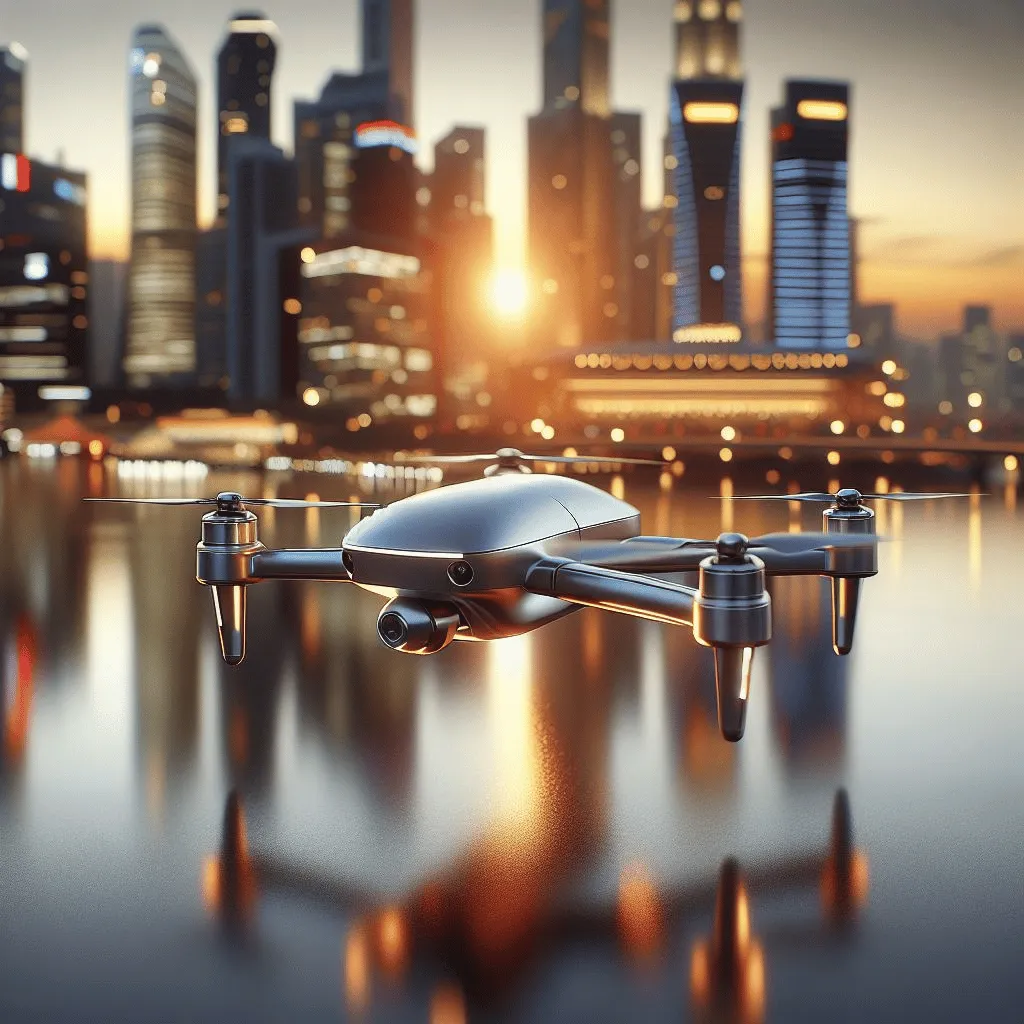
Drones made with high-quality materials like carbon fiber and metal, along with weatherproof components, tend to have a longer lifespan compared to those constructed with cheaper, less durable materials such as plastic.
Another determinant is the usage and maintenance of the drone. Frequent use and exposure to demanding conditions can lead to quicker wear and tear.
Regular maintenance practices, including cleaning, inspection, and replacing worn parts, play a significant role in extending a drone’s lifespan.
Technological advancements in the drone industry also impact longevity. As new models with improved performance and efficiency are regularly released, older drone models may become outdated and less desirable, even if they remain functional.
Different types of drones have varying lifespans. Consumer drones typically last 2-4 years, while professional drones with robust construction and advanced features can last 5 years or more.
Proper storage conditions are crucial for preserving a drone’s lifespan. Storing it in a cool, dry place away from direct sunlight and extreme temperatures minimizes the risk of degradation and damage.
User behavior also plays a role. Responsible flying practices, such as avoiding crashes and hard landings, contribute significantly to a longer drone lifespan.
With proper care and maintenance, some drones can last for years, exceeding five years in some cases. However, reaching decades of reliable service is less likely due to factors like technological advancements and changing user needs.
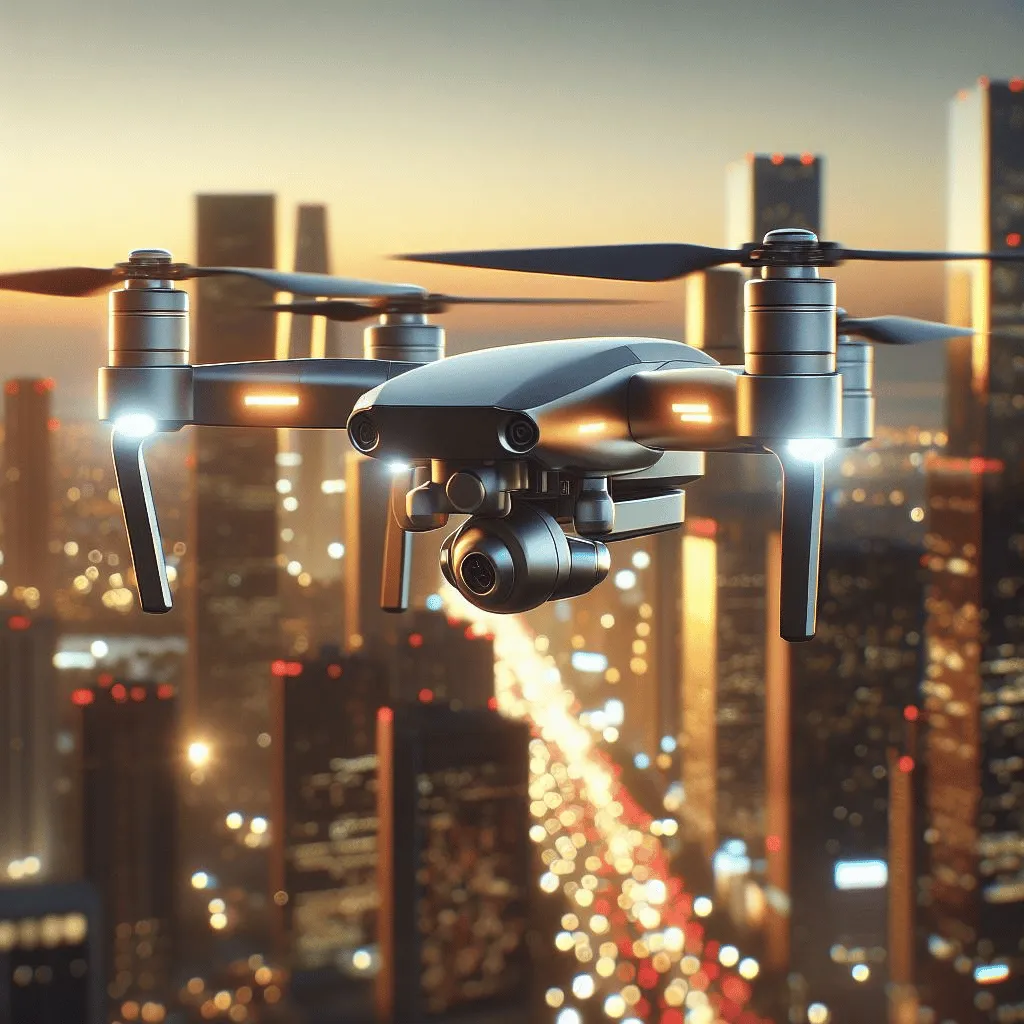
Drones that can last years
Examples of drones with varying lifespans include the DJI Matrice 300 RTK, a professional drone that can potentially last 5 or more years with proper care.
The Autel EVO II Pro, a robust consumer drone, offers excellent durability and can last 4-6 years with responsible flying practices. The DJI Mavic 2 Pro, a popular consumer drone, can last 2-4 years with moderate use and proper maintenance.
Ultimately, the lifespan of your drone depends on your specific model, usage patterns, and how well you take care of it.
By following the tips mentioned above and choosing a well-made drone from a reputable manufacturer, you can maximize its lifespan and enjoy countless hours of safe and reliable flight.
Final Thoughts – How Long Do Drones Last?
In conclusion, the lifespan of a drone can vary depending on several factors. While some drones may have a shorter lifespan due to their build quality or usage, others can last for several years with proper care and maintenance.
It’s important to consider the specific model and brand of the drone, as well as the purpose for which it will be used. To extend the lifespan of your drone, it’s crucial to follow the manufacturer’s instructions for maintenance and storage.
Regularly inspecting and cleaning your drone, as well as replacing any damaged parts, can help ensure its longevity. Additionally, flying your drone responsibly and avoiding crashes or collisions can also contribute to its overall lifespan.
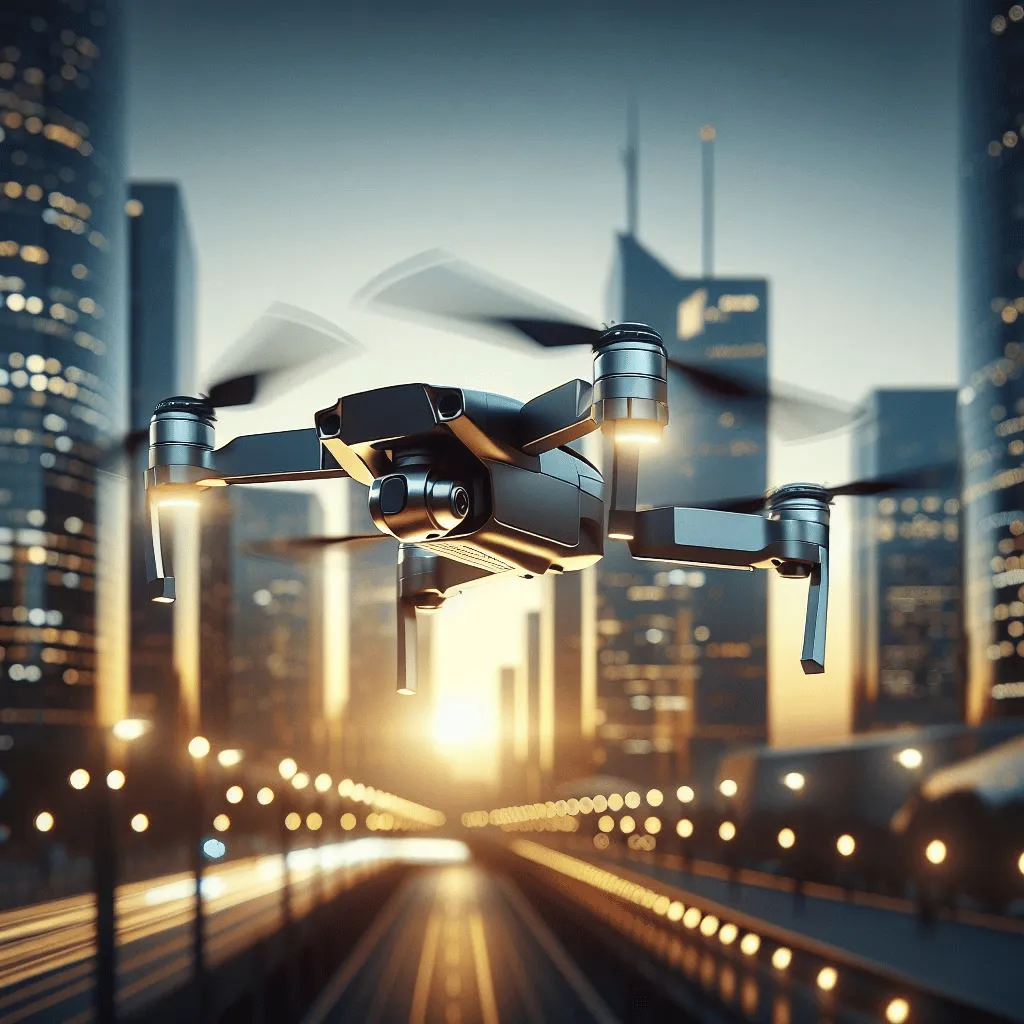
FAQs
The quality of materials, such as carbon fiber or metal versus plastic, significantly influences a drone’s lifespan. Drones constructed with durable materials tend to last longer and withstand wear and tear better.
Yes, technological advancements in the drone industry can impact a drone’s lifespan. Newer models with improved features may make older drones less desirable, even if they remain functional. Consider this when assessing the long-term usability of a drone.
Responsible flying practices, such as avoiding crashes, hard landings, and following recommended maintenance procedures, play a crucial role in extending adrone’s lifespan. User behavior significantly influences the wear and tear a drone experiences.
Yes, proper storage conditions are essential. Storing a drone in a cool, dry place away from direct sunlight and extreme temperatures minimizes the risk of degradation and damage. This contributes to preserving the overall lifespan of the drone.
Advancements in drone technology can affect the longevity of specific models. As new features and capabilities are introduced, older models may become outdated. When considering a drone for long-term use, it’s important to assess how well it aligns with current and future technological trends.

